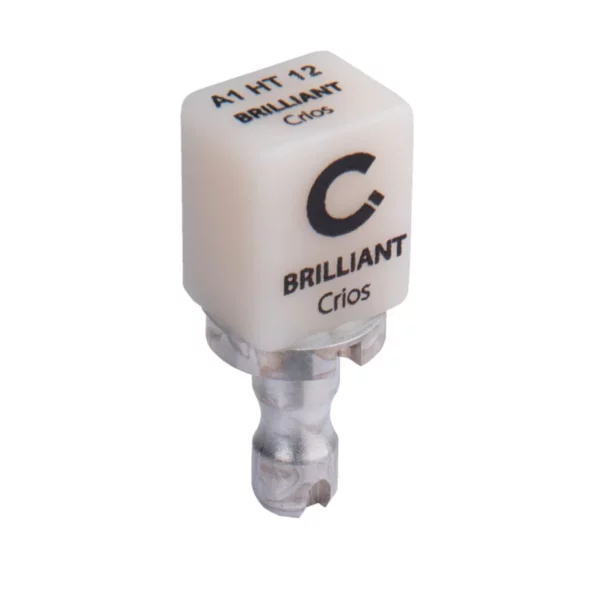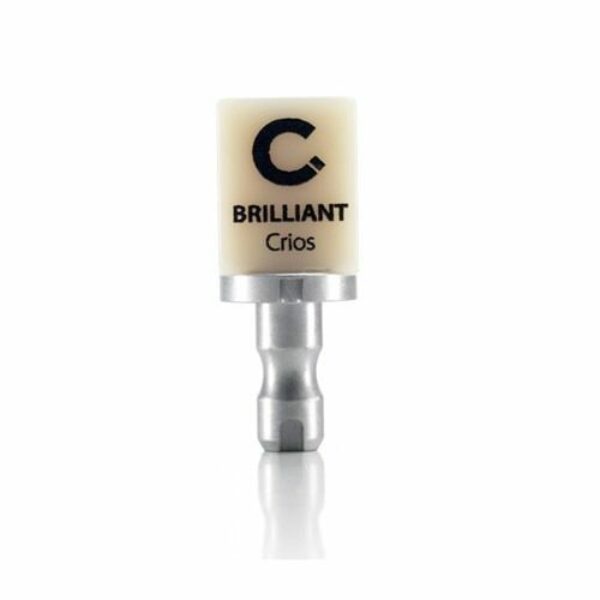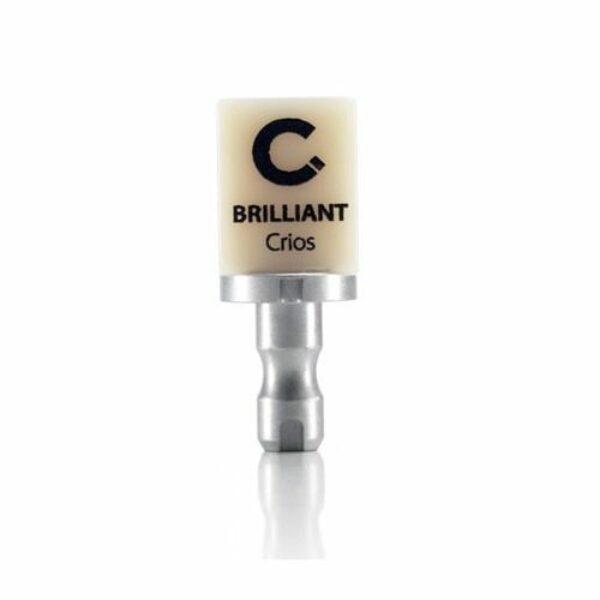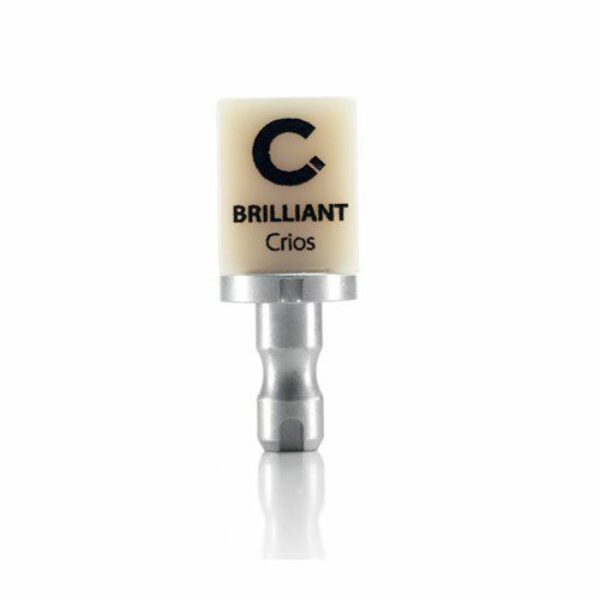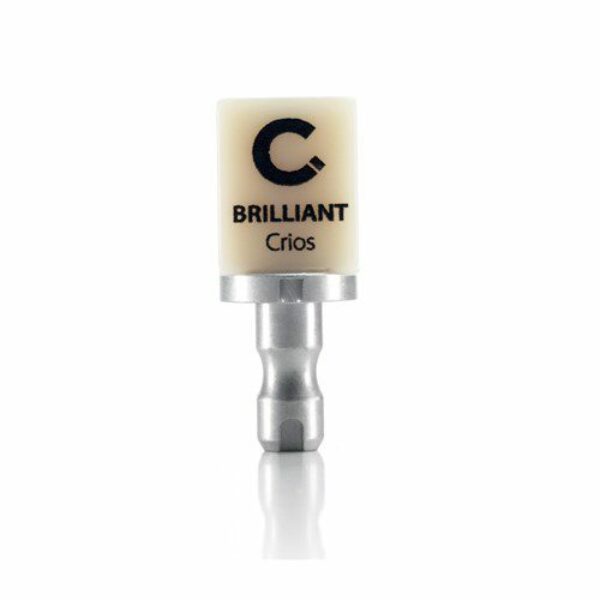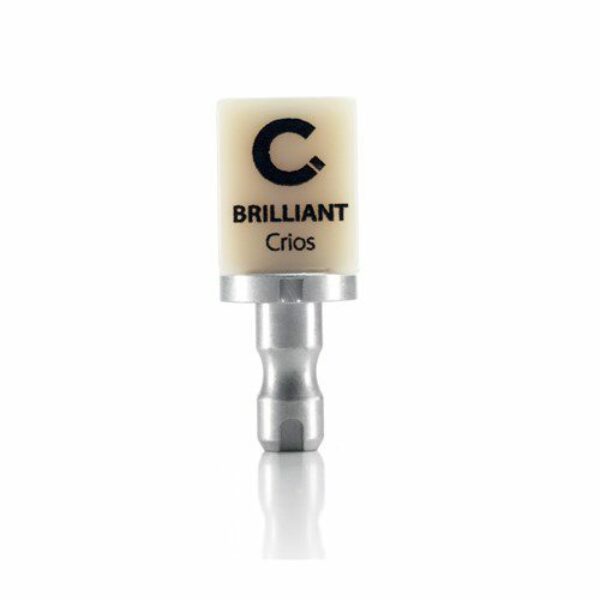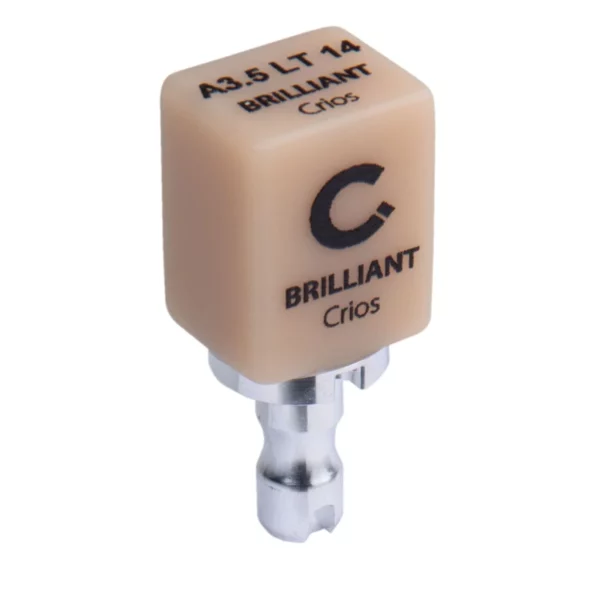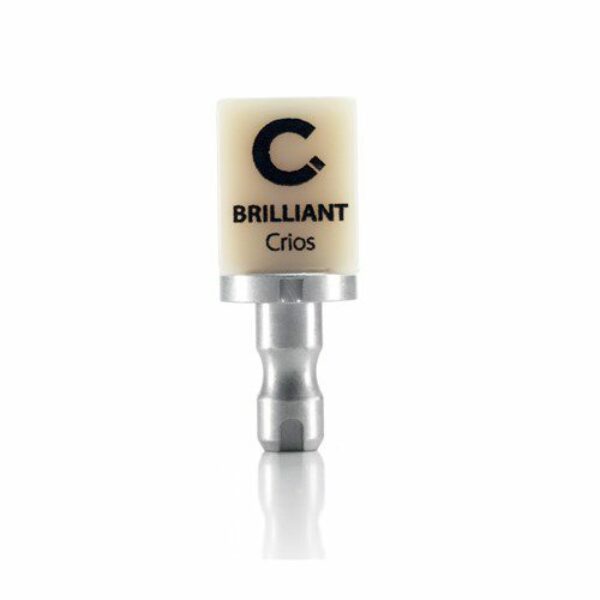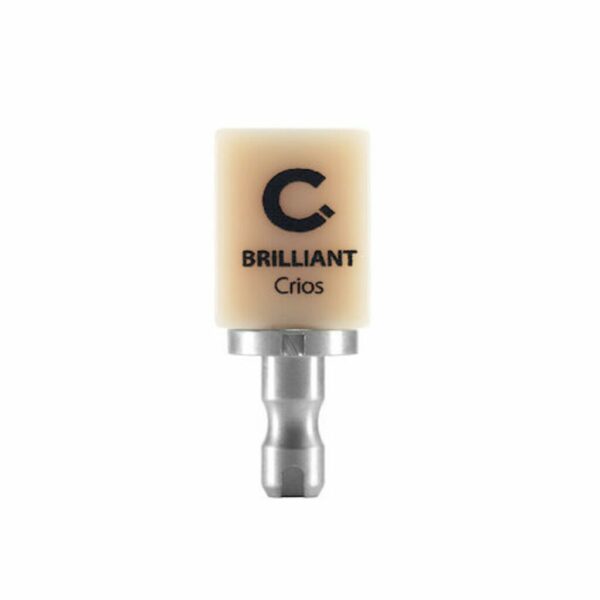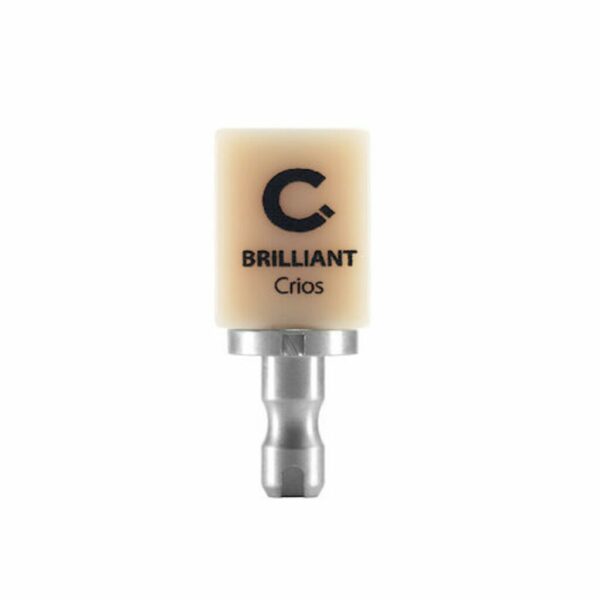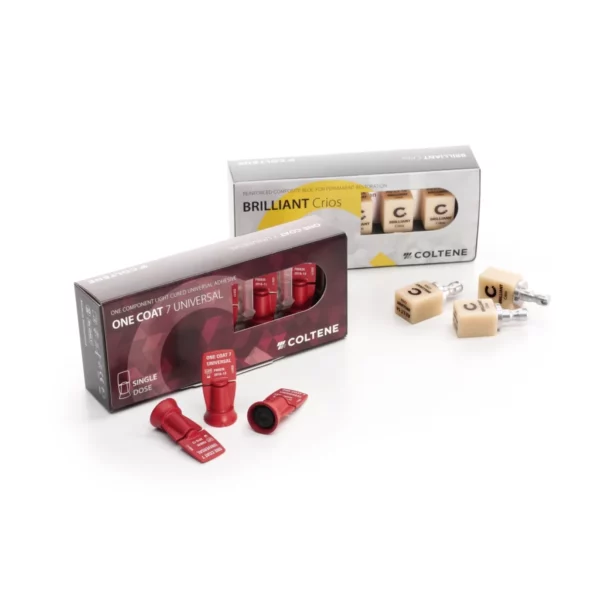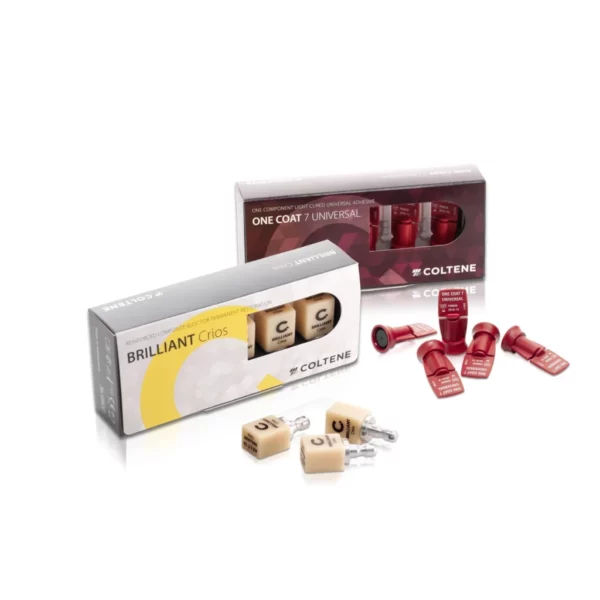CAD/CAM Materials
CRIOS is a revolutionary dental material. It’s precisely engineered and optimized for exceptional durability and biomechanical properties. CRIOS integrates seamlessly into the oral environment, mimicking natural enamel’s translucency and shade variations. Its ease of use and versatility enable precise shaping and polishing for seamless integration into the patient’s dentition. CRIOS sets a new standard of excellence in modern dentistry, ensuring high-quality restorations and patient satisfaction.
Polishing BRILLIANT Crios and DIATECH ShapeGuard:
a perfect combination for restoration
Permanent Single Tooth Restoration Materials
CEREC stands for Chairside Economical Restoration of Esthetic Ceramic, and it’s a revolutionary dental technology that allows for the creation of ceramic dental restorations right in the dental office, often during a single appointment. Here’s a breakdown of what it involves:
- **Chairside**: The entire process takes place right in the dental office, typically in the dental chair, hence the term “chairside.” This eliminates the need for multiple visits to the dentist for certain procedures, making it convenient for patients.
- **Economical**: CEREC technology can be cost-effective in the long run. While the initial investment in the technology may be significant for dental practices, it can ultimately save money for both dentists and patients by reducing the need for multiple appointments and laboratory costs associated with traditional dental restoration methods.
- **Restoration**: CEREC is primarily used for creating dental restorations, such as crowns, veneers, inlays, onlays, and even some bridges. These restorations are used to repair damaged or decayed teeth, improve aesthetics, and restore proper function.
- **Esthetic Ceramic**: The restorations produced with CEREC are made of ceramic materials that closely resemble natural tooth enamel in terms of color, translucency, and texture. This allows for highly esthetic results, ensuring that the restored teeth blend seamlessly with the surrounding natural teeth.
The CEREC process typically involves the following steps:
- **Digital Impression**: Instead of using traditional impression materials like putty, a digital impression of the patient’s teeth is taken using a specialized intraoral camera. This digital impression provides a highly accurate 3D model of the patient’s teeth.
- **Designing**: The dentist uses computer-aided design (CAD) software to design the restoration based on the digital impression. They can customize the restoration’s shape, size, and contours to ensure a precise fit and natural appearance.
- **Milling**: Once the restoration design is finalized, it is sent to a milling machine located in the dental office. The milling machine carves the restoration out of a solid block of ceramic material based on the digital design. This process typically takes about 15-20 minutes.
- **Bonding**: After milling, the restoration is carefully inspected and polished by the dentist. Then, it is bonded to the patient’s tooth using dental adhesives. The dentist makes any necessary adjustments to ensure proper fit and bite alignment.
Overall, CEREC technology offers numerous benefits, including convenience, esthetics, durability, and cost-effectiveness, making it a popular choice for both dentists and patients seeking high-quality dental restorations.

